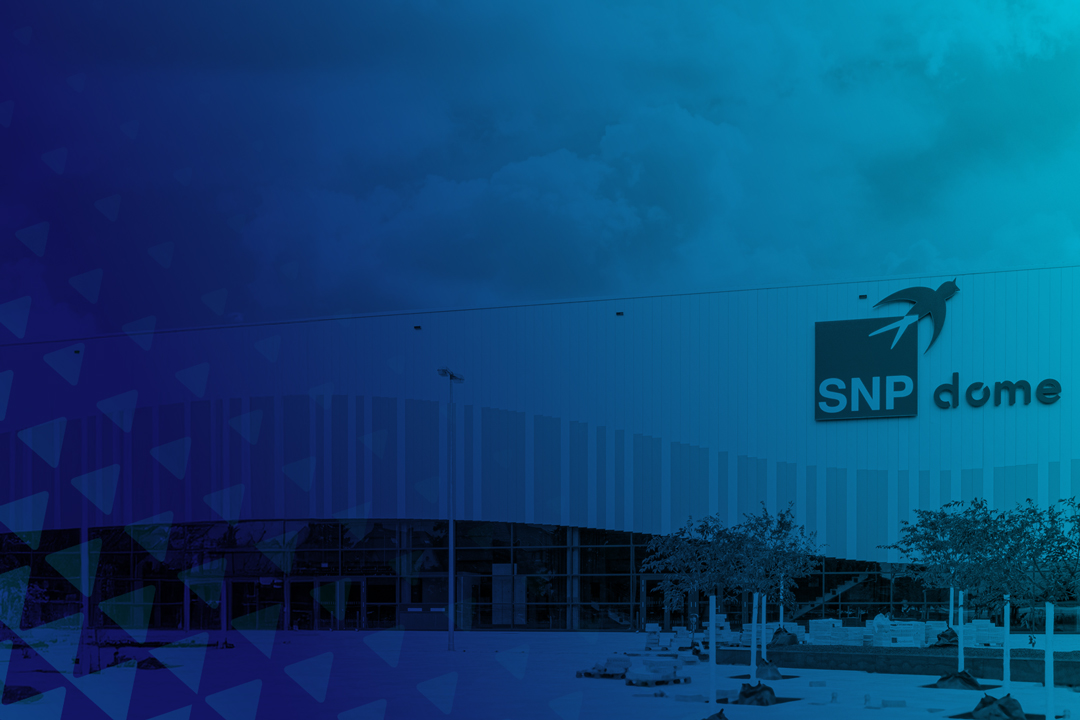SAP digital transformation in the banking industry: Start with SNP and Step 0
Digital transformation: every industry is going through its own evolutionary journey. While there are common technology and organizational change management hurdles to overcome, regulatory requirements have influenced each industry’s technological evolution; some industries are ahead of the game while others are a bit behind. This blog post addresses the state and needs of the banking industry.
Share
Core back-office systems remain in the mainframe (and are getting old)
While cloud-based customer-facing solutions for online and mobile banking are common, core back-office systems at most banks remain in the mainframe world with 36% of this infrastructure being over 10 years old – with some approaching 30. COBOL, developed 60+ years ago, is slowly being replaced by Python, Java, C, and other options, but tens of millions of lines of COBOL code aren’t going to disappear overnight. A modern architecture is mandatory for scalability and to achieve the goals of lean operations, specialization, advanced analytics, and AI. In the case of AI, the security, anti-fraud, and anti-money laundering benefits alone will recoup the investment exponentially. Add to this the ability to up-sell and cross-sell based on customer pattern recognition and banks will uncover hidden new revenue sources.
SAP has a strong presence in the global banking industry: JP Morgan Chase, Santander, Bank of America, Scotiabank, PayPal, and Deutsche Bank are but a few examples. This strong presence will continue for the foreseeable future, given that the core banking software market is expected to exceed USD 21 billion by 2028. More than 200 banks around the world are part of SAP’s Multi-Bank Connectivity (MBC) system, a cloud-based service that connects businesses to their banking partners. SAP’s banking-related solutions are used outside of the banking industry itself, with over 1,100 companies reportedly using their components or functionalities.

Neo-banks start with a clean technology slate
New players in the banking industry are not saddled with the technical debt and innovation-wariness that established institutions have; these neo-banks were born open-source and cloud-minded which gives them a leg up with respect to operational resiliency and data-driven decision-making. They don’t buy into the “data isn’t safe in the cloud” fearmongering; they know that hyperscalers like AWS and Google Cloud have better all-around security protocols than any current financial institution.
Digital transformation starts with the basics – Step 0
So, how do banks proceed? It all starts with the basics; they must:
- Define their digital ambitions – their short, mid, and long-term goals
- Evaluate their level of cultural change readiness
- Take inventory of their digital talent (not limited to employees within the IT department)
- Understand what a data-driven decision-making organization means
- Ensure that the C-suite and senior functional leaders are singing from the same hymnal with respect to fundamental terminology and transformation governance
- Establish the technical foundation for transformation
It is this foundation – a clean cloud-based digital core – that is the Step 0 of digital transformation. Hiring a bunch of expensive AI experts will be a complete waste of time if you are running one or more disparate, over-customized ERP systems full of poor quality data. Everyone wants to jump to the endgame, but if you don’t understand the details of your applications and the state of your data, it will be a guaranteed path to failure.
Some people may read this and think to themselves: “These Step 0 projects never get approved because there isn’t enough of a TCO reduction to inspire a CFO to open the purse-strings.” Those people would be correct if such projects were approached via historically manual and risk-laden approaches. Some people may also be thinking: “I was told by my global systems integrator that the only logical path is a so-called Greenfield approach (i.e., toss out the system(s) you have spent years and millions of dollars nurturing). A true digital company embraces asset re-use; true digital companies don’t go the Greenfield path unless there is no other viable option.
Find a partner to support you in your digital journey
Are you an employee of a bank running your back office on legacy SAP? Are your C-suite leaders and VPs talking about omnichannel banking, moving to the cloud, implementing AI-based security and fraud protection solutions, and creating customer-specific offerings? If so, connect with us. We will get your Step 0 work done quickly and effectively so that the TCO savings can be redirected to meaningful digital transformation pilot programs. SNP offers the following:
- Deep meta-analysis of your SAP system(s) – no PFI, PHI, or PII information is accessed
- Rapid, no-risk migrations to S/4HANA on-premises or in any cloud
- Selective data migrations – keep only what you must in your production environment and move the rest to the most accessible, cost-optimized location of your choice
- Data archiving and BW data tiering
- Real-time data integration and synchronization
- Systems consolidation and data harmonization
- Consolidation of multiple projects into a single go-live
- Built-in testing and validations as part of our auditor-certified software automation
- The smallest downtime windows available
- Proof-points within the broad Financial Services sector
In conclusion, digital transformation is imperative for staying competitive in today’s rapidly evolving landscape. While established banks face the challenge of outdated core systems and technical debt, neo-banks have the advantage of starting fresh with cloud-based solutions and a data-driven approach. Regardless of the starting point, banks must begin with Step 0, which involves defining digital ambitions, assessing cultural change readiness, evaluating digital talent, understanding data-driven decision-making, aligning leadership, and establishing a solid technical foundation.
Partnering with an experienced company like SNP can expedite the Step 0 process, enabling banks to redirect cost savings towards meaningful digital transformation initiatives such as omnichannel banking, cloud migration, AI-based security, and personalized customer offerings. With SNP’s expertise in SAP systems, in-depth analysis, migrations, and data management, banks can navigate their digital journey with confidence and achieve their transformation goals while minimizing downtime.

